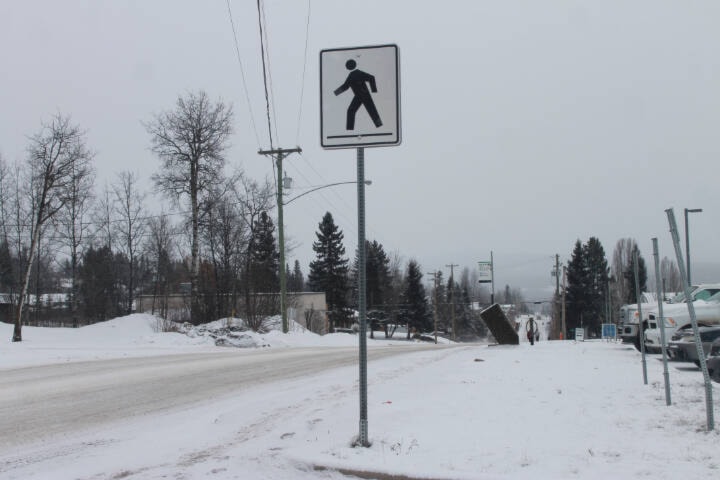The Village of Burns Lake (VBL) is one six communities that participated in the Small Towns Big Steps study to improve understanding of how to increase active transportation, and realizes its health benefits in small communities.
The report indicated that the VBL faces significant challenges to improving its active transportation infrastructure, mainly due to funding issues. Because Burns Lake is a very small community, it has a limited tax base which in turn means little funding dedicated to special projects.
Village of Burns Lake staff said in the report that with all the water, road and sewer infrastructure aging together, decisions need to be made about what to replace and when. Staff find that the active transportation infrastructure typically gets trumped by projects that are deemed absolutely necessary, and it’s next to impossible to do much to improve active transportation without grants.
One issue that was identified in the report is the fact that like many small towns in B.C., a busy main highway runs right through town. It was noted however that since Highway 16 follows a winding path, it causes vehicles to slow down which helps a bit with traffic issues.
READ MORE: Burns Lake 2022 business façade program
According to VBL Mayor Dolores Funk, a resource road that would push truck traffic outside of town is something the village would love to implement if not for the high cost.
“What we’re really pushing for is a resource road to circumvent the town for larger truck traffic, but there’s a very hefty price tag on that,” Mayor Funk stated in the report. “We probably will not be so fortunate as to see that but it’s the solution to these issues we’re having now.”
This was an idea first investigated by VBL council in 2007 when the council of the day asked the Ministry of Transportation and Infrastructure (MoTI) to consider the construction of a gravel road for industrial traffic to bypass the downtown core, though the cost was prohibitive and deemed not a priority for MoTI.
According to VBL Chief Administrative Officer Sheryl Worthing there are no current plans to pursue a resource road, but if council were to reignite this project the business community would be consulted.
Despite the challenges faced by the village, some progress has been made over recent years in improving active transportation. Phase one of VBL’s sidewalk project was recently completed, which was funded by the B.C. active transportation infrastructure grant worth $435,000.
READ MORE: Burns Lake and Lake Babine Nation get a $435, 000 grant for sidewalk improvement
The new one-kilometer sidewalk increases safety for pedestrians travelling along Ninth Avenue and Centre Street. It also allows people to safely walk or cycle between major town destinations such as the Lake Babine Nation offices, the Lakes District Hospital, Lakes District Secondary School, and the downtown core. Though, the report indicates that just 10 per cent of local residents walk to work as opposed to driving.
Ultimately, the biggest advice for other small towns derived from the Burns Lake report is to be prepared for any grant opportunities to aid with projects. “The minute we hear that there’s another active transportation grant, We’re going to hit the ground running to make the application,” said Worthing in the report.
Have a story tip? Email:
Eddie Huband
Multimedia Reporter
eddie.huband@ldnews.net
Like us on Facebook and follow us on Twitter.
